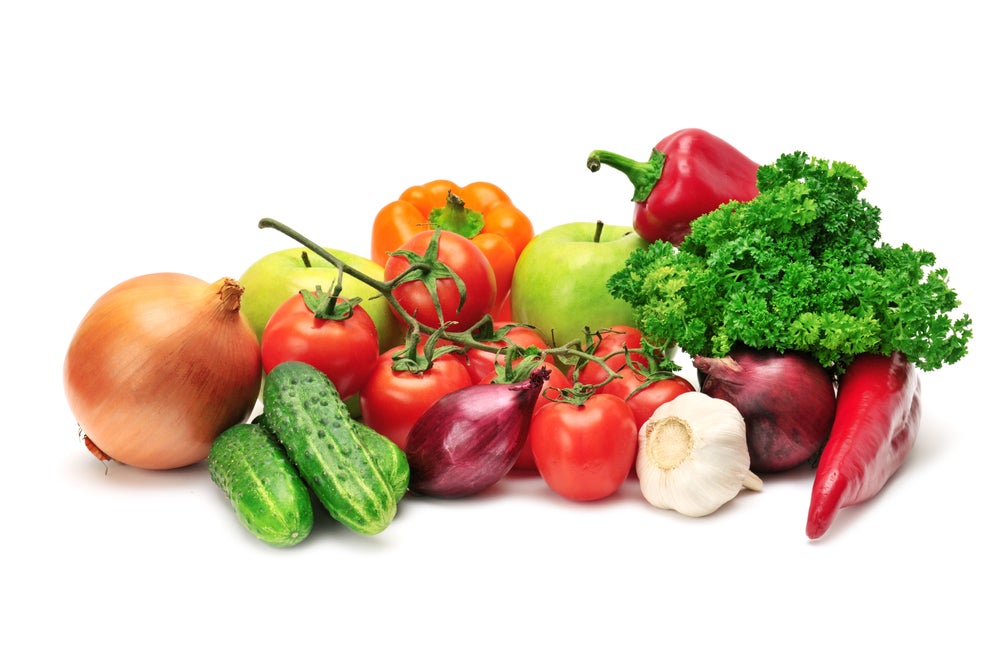Think Inside The Box: Try Community-Supported Agriculture

Photo: <a href=http://shutterstock.com>Shutterstock.com</a>
Savor the flavors of ultra-fresh produce while supporting local farmers.
While buying produce at the weekly farmers’ market is ideal for freshly picked fruits and vegetables, it’s not always a realistic option with busy work and training schedules. But you can still get fresh produce while supporting a local farm through the concept of community-supported agriculture, or CSA. To join a CSA, you buy a membership and receive a box of produce every week throughout the farming season. The cost ranges from $25 to $40 per week, and in exchange you not only get nutrition- and flavor-packed native produce, but you also get to try new vegetables, visit the farm during the season and develop a relationship with the farmer—plus your kids might even eat more veggies if they can see where they’re grown.
“Supermarkets feel really different than going to a farmers’ market or joining a CSA and knowing, ‘These are the people who grew these peppers,’” says Erin Barnett, director of LocalHarvest, a website directory that includes more than 4,000 CSA farms. “It’s a qualitative difference that I think people can really sense, and they get hooked on.”
RELATED – Scallions: A Spring Vegetable To Consider
Ready to sign up? Consider these steps first:
Do the research. The key to finding the right farm for you is to do your research ahead of time. If you have a friend who is part of a CSA, get a personal referral. Or visit Localharvest.org to find a farm in your area and read reviews from customers. If you’re still unsure, call the farmer. “It’s totally fair game to call the farmer and ask questions,” Barnett says. Some considerations include how you’ll get your weekly box (home delivery or pick-up?), the farm’s policy with pick-ups (can I put the subscription on hold if I’m out of town?) and the flexibility with swapping out produce in the box (what if I really can’t stand cabbage?).
RELATED: Farm To Market Table Salad Recipe
Know your needs. “If you think you’re going to get all of your produce needs met through the CSA, that’s probably not going to happen,” Barnett says. “Very few CSAs offer enough fruit—none of them are going to have bananas, unless you live in Hawaii. And if you really cook, you’ll probably go through more onions than the CSA is going to offer.” To keep your expectations in check, find out from the farm exactly what has gone into a box before, whether it varies throughout the season and then adjust for your needs. Most farms provide a list of which crops they provide seasonally, so you can plan accordingly.
RELATED – Recipe Of The Week: Grapefruit, Orange And Roasted Fennel Caprese
Commit to cooking. If you don’t cook as much as you thought you did, food might go to waste. “That’s the main reason that people try a CSA and then leave—they just don’t want to waste food,” Barnett says. Many CSA farms now offer smaller boxes and shorter one-time trial subscriptions for newbies so that you can ease into your CSA commitment. Also, many farms provide recipe ideas on their websites for ways to prepare the produce in your box.
RELATED: Five Tips For Maintaining Your Daily Diet
Get the latest in triathlon training, gear, nutrition and news sent straight to your inbox. Sign up for Triathlete’s newsletter.